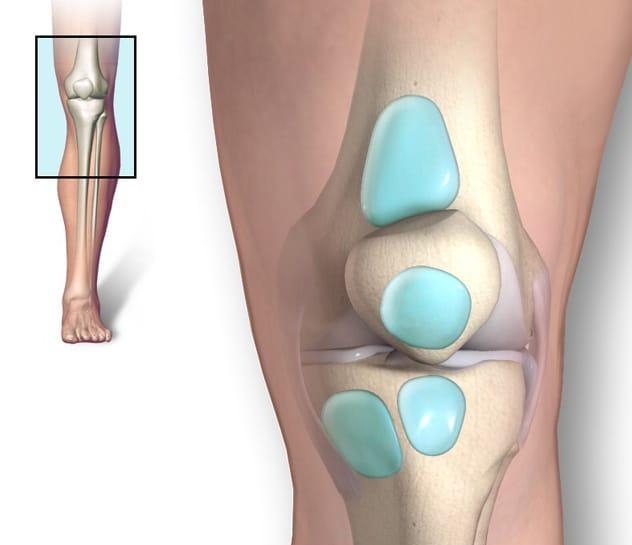
Overview
Knee Bursitis is a common condition characterized by the inflammation of a bursa located near your knee joint. Bursae are small fluid-filled sacs that act as cushions between your bones and the tendons, muscles, and skin near your joints. When they become inflamed, they can cause pain and discomfort, often making it difficult for patients to engage in normal day-to-day activities. Understanding the condition is the first step towards effective management and recovery.
Types
There are three primary types of knee bursitis, named for their specific locations in the knee:
-
- Prepatellar Bursitis: Occurs on the front of the kneecap.
-
- Infrapatellar Bursitis: Located just below the kneecap.
-
- Anserine Bursitis: Found on the inner side of the knee, just below the joint.
Each type can trigger pain in distinct areas and may also affect mobility differently.
Causes
Knee Bursitis is often caused by frequent and sustained pressure on the knee such as what’s experienced by people who kneel for prolonged periods for their job. Additionally, it can be caused by a direct blow to the knee, bacterial infections, or even due to complications from arthritis or gout in the knee.
Symptoms
Common symptoms of knee bursitis include:
-
- Pain on or around the knee area
-
- Swelling over the knee
-
- Increased pain when the knee is in use or bent
-
- Redness and heat around the affected area
Diagnosis
Diagnosis typically begins with a physical exam and a review of your medical history. Healthcare providers may look for tenderness, swelling, warmth, or redness in the affected area. To further confirm a diagnosis, imaging tests like X-rays, MRIs, or Ultrasound may be used. In certain cases, your doctor might also request a sample of the bursa fluid for testing.
Treatment Options
Treatment options primarily aim to reduce inflammation and pain. These can include:
-
- Rest and Elevation: Giving your knee a break and elevating it can help reduce swelling and discomfort.
-
- Physical Therapy: Certain exercises can increase strength and flexibility and help reduce symptoms.
-
- Medication: Over-the-counter anti-inflammatory drugs like aspirin or ibuprofen can help manage pain and reduce inflammation.
-
- Antibiotics: If your bursitis is caused by an infection, antibiotics may be prescribed.
-
- Surgery: In severe cases, the inflamed bursa might need to be surgically drained or removed.
Living With Knee Bursitis
Living with knee bursitis requires some changes to daily routines. Here are some tips to manage the condition:
-
- Maintain a healthy weight: Excess weight puts additional stress on your joints, including your knees.
-
- Have regular physical activity: Regular physical activity can strengthen your muscles and provide additional support to your joints.
-
- Protect your knees: Use knee pads if your work or hobbies require prolonged kneeling.
-
- Change positions frequently: Avoid staying in one position for long periods, especially on your knees.
When to Seek Help
If you notice severe or sudden pain, intense swelling, inability to bend your knee, significant difficulty in walking, or if your symptoms don’t improve with initial treatment, it’s important to seek medical attention immediately. Additionally, if you have a fever or if the area around the joint is red or hot, you should seek prompt medical care as these could indicate an infection.
Remember, managing knee bursitis involves understanding the condition, following your doctor’s advice, and taking steps to protect and strengthen your knee.
